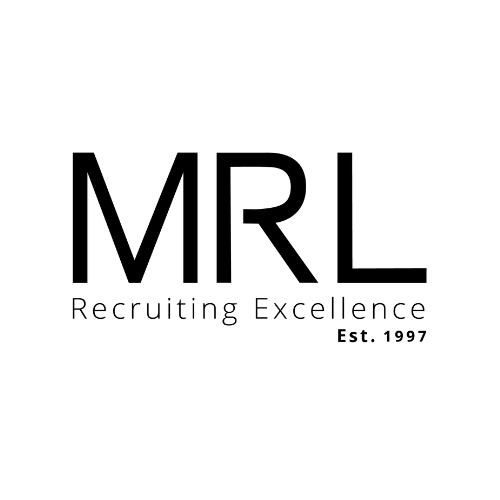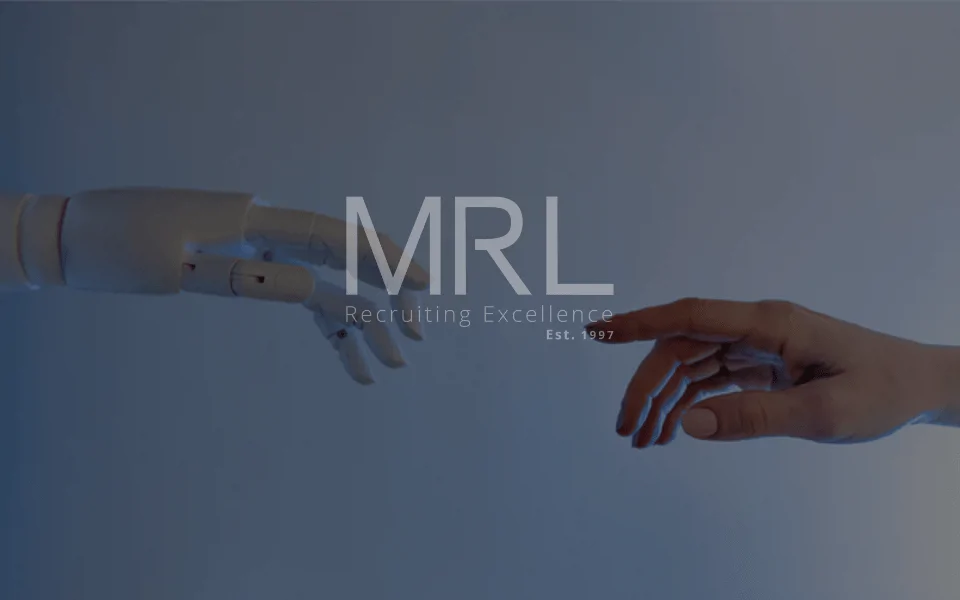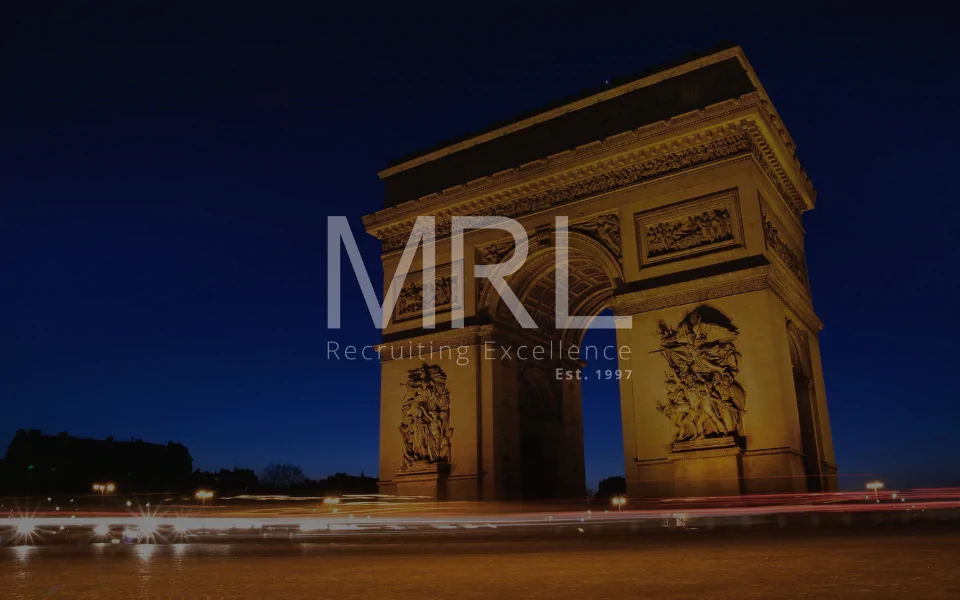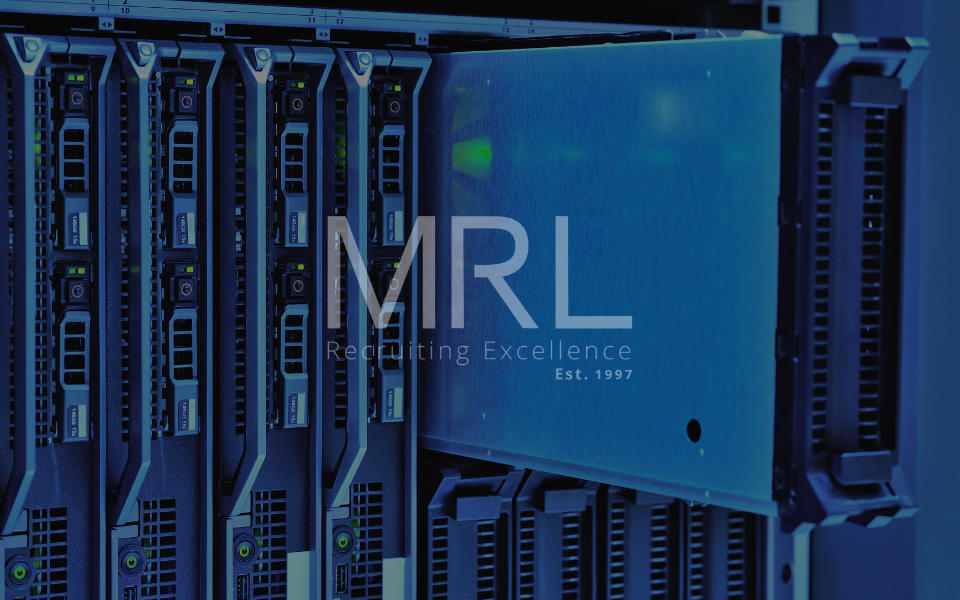Emerging memories and artificial intelligence: how can they team up?
21 May, 20205 minutesBut looking ahead, how much further can current technologies take us? The cloud has its limi...

But looking ahead, how much further can current technologies take us? The cloud has its limitations, and while the personal assistant on our smartphones may seem invaluable, and smart devices like Amazon’s Alexa have become commonplace, there is so much more to be achieved. The key is held by edge computing, which will ultimately reduce latency and enhance privacy and security, taking our devices to the next level.
For artificially intelligent systems, which are only set to proliferate over the next decade and beyond, being able to process information locally, rather than transferring data to the cloud, is invaluable. The technology is crucial in facilitating the emergence of smart cities, self-driving cars and other connected devices. But while the link between these two is clear and obvious, as well as much reported, there is even greater potential to be explored when considering the possibilities presented to us by the emerging memories market, in particular when considering non-volatile memories.
In an always-on, always-connected society, non-volatile memories are king. In contrast to volatile memories struggling to function during low voltage periods, their non-volatile counterparts have the advantage of retaining data during idle modes and power gating. These memories are widely used now, with Flash being a leading example, but they don’t yet boast the speed or energy efficiency required for the next stage of our digital evolution.
Research into new non-volatile memories, like Resistive RAM, Ferroelectric RAM, Phase-Changing RAM and Magnetic RAM, proves that there is a very obvious link between the memory and artificial intelligence markets – it’s an exciting time for the tech industry, for professionals and consumers alike. A conference earlier this year saw Stanford University researchers announce the integration of Resistive RAM in computing units that would further the capabilities of AI on the edge, proving that the industry is already aware of the potential here and is starting to make strides.
It’s a road that is likely to be well trodden, but at the moment few have begun to venture down the path. You will have seen reports telling us that city life is the future, with two in every three people to live in one by 2050, and if that is to be the case then connectivity will play a major role in our day-to-day lives, but it must be done efficiently. Non-volatile memory will enable that, and with 66 per cent of US cities already investing in smart city technology as a means of improving quality of life, its introduction into IoT networks cannot come soon enough. As it stands, connected cities stand to be both inefficient and detrimental to environmentalism.
The proliferation of connected devices provides huge opportunity to those working in the memory sector. There will be more than 40 billion connected devices by the year 2025, each needing memory that is able to procure and process information around the clock. Those who are innovating in non-volatile memories now are best placed to take hold of the market, and work with IoT and AI professionals in a mutually beneficial way – after all, organisations working in the latter sectors will be the first to benefit from what non-volatile memory has to offer.
In such a high-tech environment, collaboration is what moves us forward. By maximising technologies alongside one another, we truly begin to make what once seemed like a sci-fi fantasy part of our everyday lives. The developments being made in the non-volatile memory space are making this possible, so long as those creating artificially intelligent systems and looking to continue the move towards the edge maximise the opportunities.
Cross-sector, collaborative partnerships require experienced and highly professional talent on both sides. In recent months, our consultants have been speaking to lots of different clients within the Memory and Artificial Intelligence markets about how we can help them recruit the very best candidates for their teams.
Please reach out to us to discuss in more detail and to find out how we can help you with your search.





